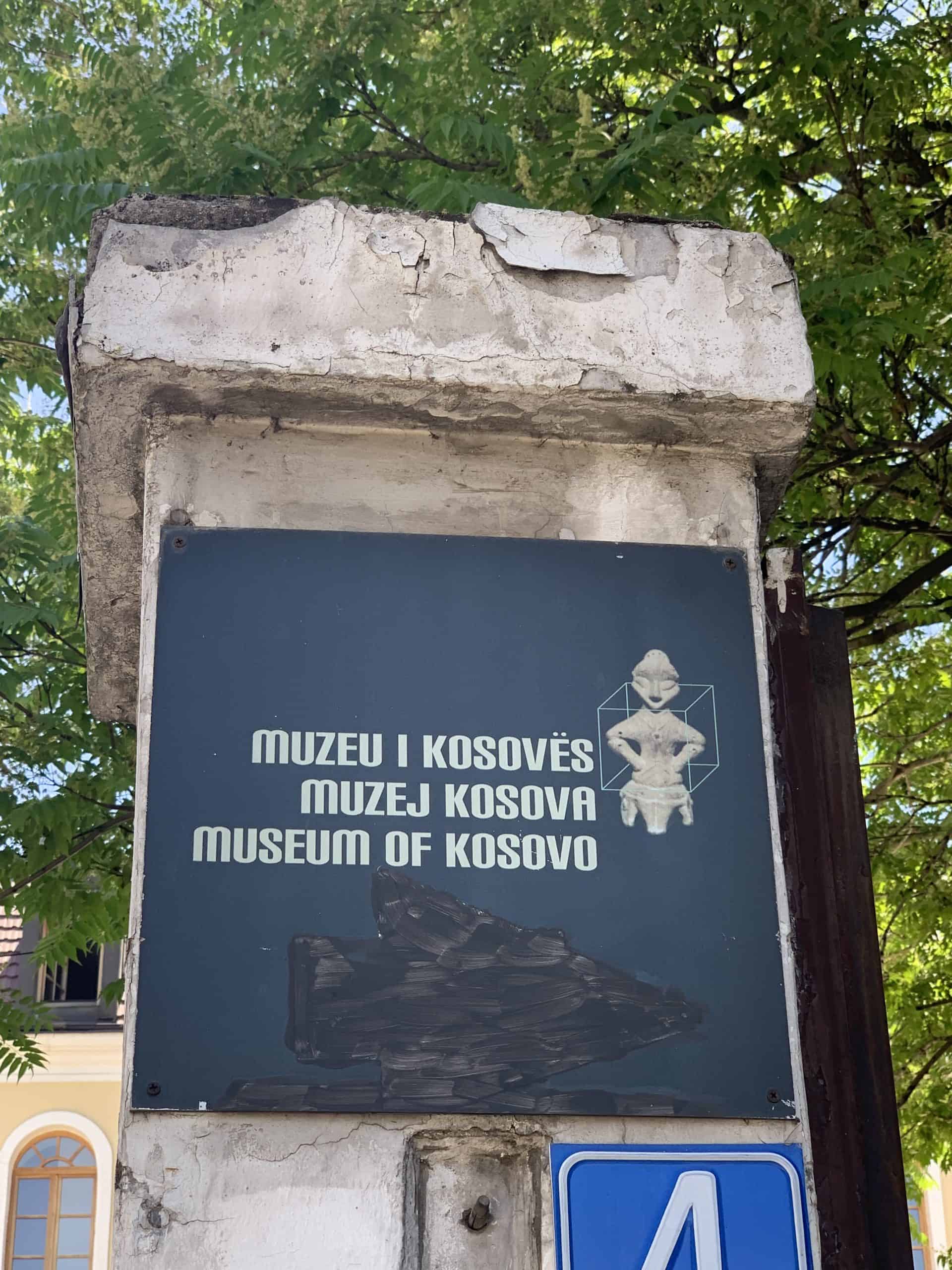
Built in 1889, this Austro-Hungarian-style building has housed the National Museum of Kosovo since 1949.
The Museum aims to preserve and protect the cultural heritage of the country through a collection of more than 50,000 artifacts of various kinds. Here you can admire Neolithic figurines, remains of the Roman era, utensils, jewelry and armaments.
Symbol of the collection is the so-called Goddess on the Throne, a terracotta figurine dating back to 4000 BC, the image of the Goddess is used as an emblem of the capital.
During the Roman period, Ulpiana, a settlement near Pristina, was one of the most important Roman centers in the Balkans.
Pristina, like all of Kosovo, suffered the conquest by the Ottoman Empire, a historical period that ended in 1912, when Kosovo fell under Serbian rule.
The Kosovo Museum had a rich collection of prehistoric artifacts, most of which were brought to Belgrade before the war in 1999. Currently, the Museum together with the Government of Kosovo have committed to return the 1200 most important exhibits for Kosovo’s cultural heritage.
Known as the Great Mosque (Xhamia and Madhe), the Mosque of Sultan Mehmed II al-Fatih was built in 1461 and is one of the oldest surviving Ottoman buildings in Kosovo.
The large 15-meter dome and the innovative use of pendants to support it, along with the large porch and elaborate arabesques, make this mosque one of the most fascinating in the country.
It was briefly used as a church in 1689 during the Austro-Turkish Wars.
The surviving building was renovated in 1682 while the minaret was rebuilt after damage suffered by an earthquake in 1955.


















